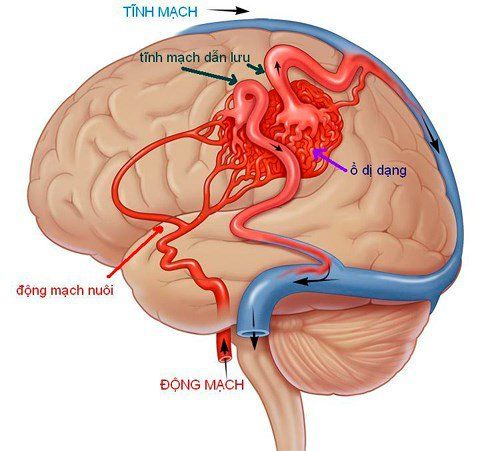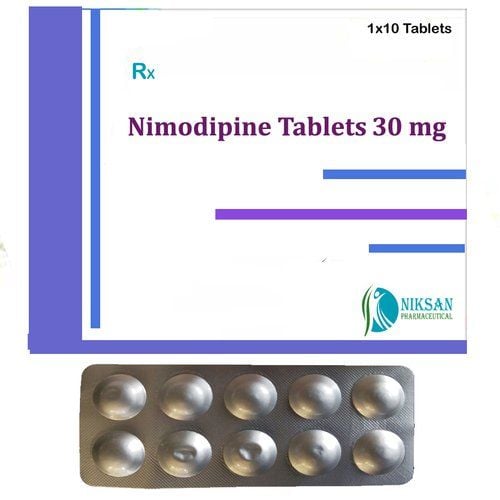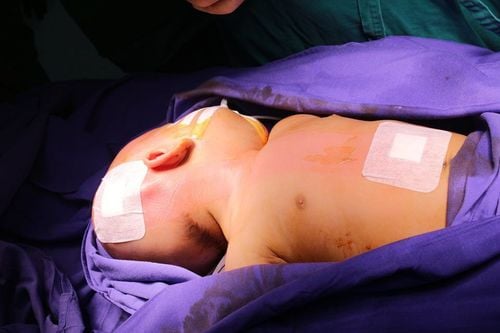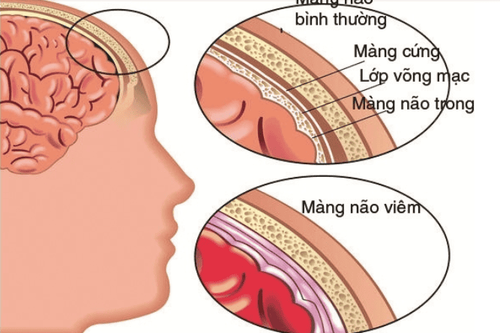This is an automatically translated article.
Intraventricular haemorrhage is considered as a secondary phenomenon due to intracerebral rupture or parenchymal bleeding into the ventricular cavity. This is one of the leading causes of death. Early diagnosis and treatment will improve the patient's chances of survival.
1. Signs of intraventricular bleeding
Approximately 40-80% of intraventricular hemorrhages are due to the patient's bleeding in the brain.The most prominent manifestation of intraventricular hemorrhage is the sudden onset with signs such as: headache, high blood pressure, vomiting, especially after a few minutes may appear focal neurological deficits. set.
In addition, patients with intraventricular hemorrhage also have symptoms such as: agitation, lethargy, and can also progress rapidly to stupor or worse. coma (coma).
While symptoms such as headache, vomiting or coma are common, a significant proportion of patients do not develop these symptoms, but may instead experience symptoms similar to patients with cerebral ischemia.
Examination of the patient's pupils is also an effective way to determine the status of intraventricular bleeding in the patient.
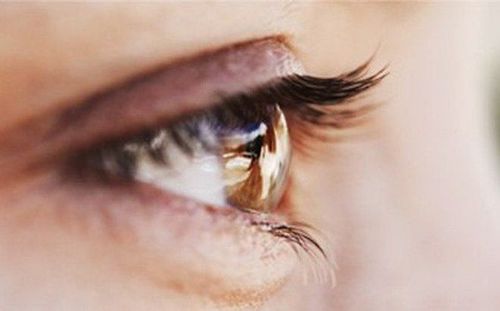
Kiểm tra đồng tử bệnh nhân để xác định tình trạng bệnh
2. Diagnosis of intraventricular bleeding
Hematology tests should be performed. In addition, attention should be paid to manifestations of coagulopathy and combined with drug screening to rapidly assess the use of sympathomimetic agents if abuse is detected.
Among the methods of detecting intraventricular bleeding, computed tomography of the brain is the most chosen method to evaluate the state of brain bleeding. Cranial CT has a diagnostic confidence level of 95%, even though there are very small lesions in the brain that are difficult to detect.
3. Treatment of intraventricular bleeding
Treatment of intraventricular bleeding follows the following general principles:
Emergency resuscitation based on ABC procedures. Combined with active anti-cerebral edema. Use type-specific treatment. Treatment of classic symptoms: Anticonvulsant, lowering the patient's body temperature below 37 degrees, regulating blood sugar,... Adjusting acid-base balance, along with electrolytes.

Điều chỉnh nước - điện giải để điều trị bệnh
Prevention of urinary tract and lung infections. Nutrition: Provide standard calories for the patient each day. Restoration of basic functions for patients, anti-muscle atrophy, joint stiffness, anti-ulcer,... Surgical treatment and brain parenchymal recovery treatment from stem cells. Treatment to prevent recurrence. This is a combination of measures to help achieve the goal of treatment, and is aimed at protecting processes such as: patient neurons, nerve cell nutrition, along with increasing the plasticity of the patient's nerve cells. neurons and incorporate the regenerative properties of neurons after injury.
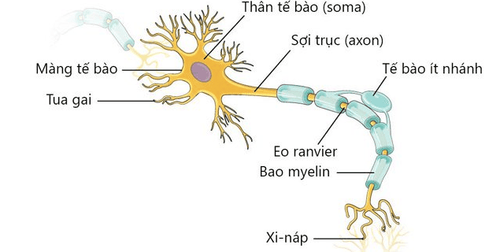
Điều trị chảy máu não thất bằng phục hồi và bảo vệ tế bào thần kinh
4. Notes when transporting patients with intraventricular bleeding
Intraventricular hemorrhage is a type of medical emergency that is urgent, the patient needs to be transported quickly to the nearest medical facility, the unit with the intensive care function or the medical emergency room. Before transporting the patient, the doctor needs to pay attention and re-check the basic vital parameters such as: temperature, pulse, blood pressure, and breathing rate of the patient. If the patient's vital functions are potentially life-threatening, then transport should not be continued, as the patient may die on the way, instead need to call the above lines. quickly get to the hospital on the spot. Care should be taken even when transporting the patient in the hospital, even when going to do specialized tests, special attention should be paid to vital signs, re-check the catheters: Inferior vein blows, urinary catheters, gastric tubes,... Any questions that need to be answered by a specialist doctor as well as customers wishing to be examined and treated at Vinmec International General Hospital, you can contact Vinmec Health System nationwide or register online HERE.




